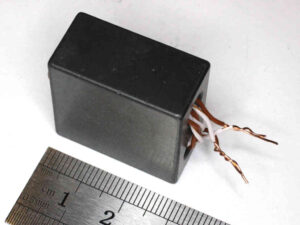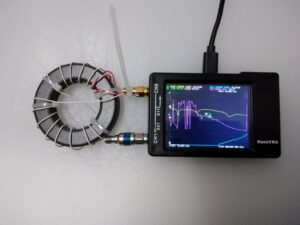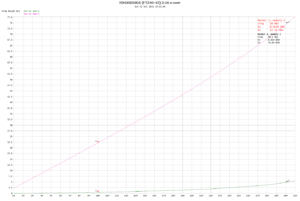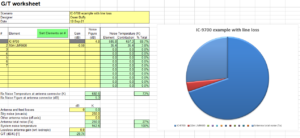It seems that lots of hams find measuring the impedance of a common mode choke a challenge… perhaps a result of online expert’s guidance?
The example for explanation is a common and inexpensive 5943003801 (FT240-43) ferrite core.
Expectation
It helps to understand what we expect to measure.
See A method for estimating the impedance of a ferrite cored toroidal inductor at RF for an explanation.
Note that the model used is not suitable for cores of material and dimensions such that they exhibit dimensional resonance at the frequencies of interest.
Be aware that the tolerances of ferrite cores are quite wide, and characteristics are temperature sensitive, so we must not expect precision results.
Above is a plot of the uncalibrated model of the expected inductor characteristic, it shows the type of response that is to be measured. The inductor is 11t wound on a Fair-rite 5943003801 (FT240-43) core in Reisert cross over style using 0.5mm insulated copper wire. Continue reading nanoVNA – measure common mode choke – it is not all that hard!






